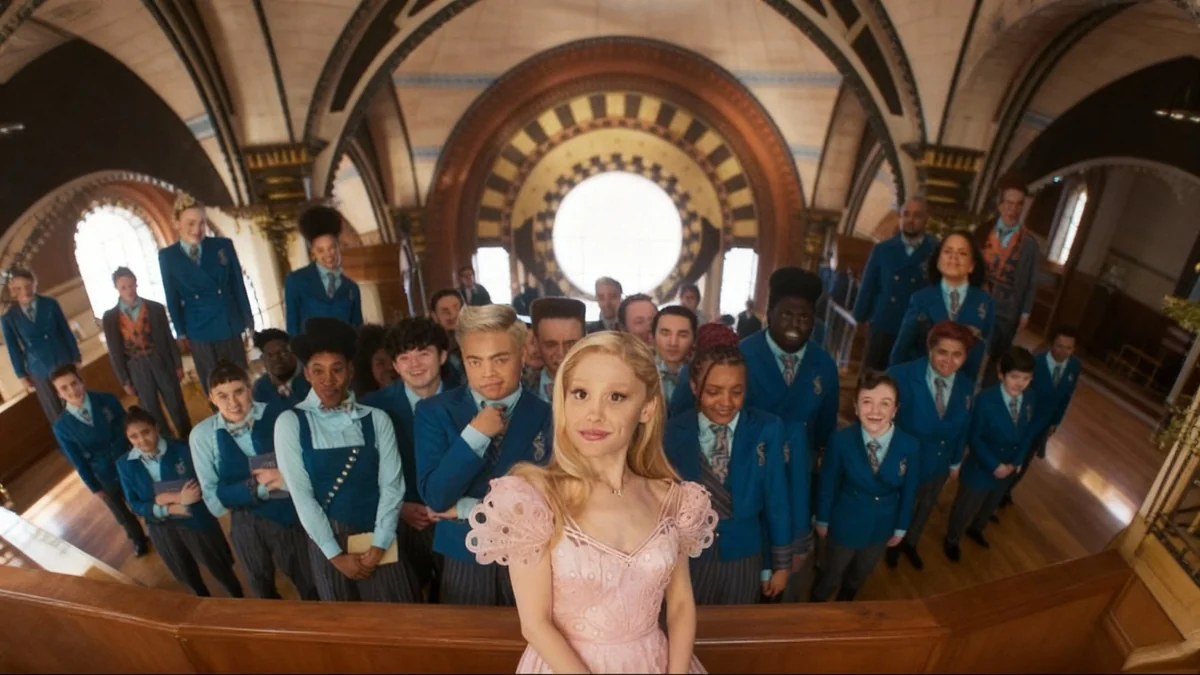A new documentary titled 'In Whose Name?' offers an intimate look into a complex six-year period in the life of artist Kanye West, now known as Ye. Filmed by Nico Ballesteros, who began documenting West at age 18, the movie provides unprecedented access to both public and private moments, capturing the artist's creative highs and controversial public statements.
The film, without narration, presents raw footage from thousands of hours of material. It allows viewers to form their own conclusions about Ye's behavior and the challenges he faced during a significant phase of his career and personal life, including his struggles with mental health and the dissolution of his marriage.
Key Takeaways
- New documentary 'In Whose Name?' covers six years of Kanye West's life.
- Filmmaker Nico Ballesteros started at age 18, accumulating 3,000 hours of footage.
- The film uses a cinema verite style, offering an observational, un-narrated perspective.
- It captures West's creative endeavors, public controversies, and personal struggles.
- The documentary explores themes of idolatry, mental health, and public perception.
Filming Begins After Hospitalization
Nico Ballesteros started filming Ye when he was just 18 years old. This access began shortly after West's hospitalization, marking a pivotal moment. Ballesteros joined West's inner circle during what he describes as a "renaissance period of Instagram." This era saw new career paths emerge for young creatives, including roles like personal videographers and photographers.
Ballesteros saw an opportunity to fill this role within West's world. His presence became a constant, often overlooked by those around West. This allowed him to capture candid moments without interference, providing a unique vantage point into the artist's daily life and interactions.
Quick Fact
Nico Ballesteros filmed approximately 3,000 hours of footage over six years for the documentary 'In Whose Name?'.
Access to Influential Figures and Private Moments
The documentary features Ye surrounded by many influential figures in music and entertainment. Viewers will see interactions with artists like Jay-Z, Pharrell Williams, Drake, Rihanna, and comedian Chris Rock. These individuals often hailed West as a genius, reflecting the widespread admiration for his creative talent.
Ballesteros noted that West's environment was "always a revolving door of idolatry." He created the project to understand the individual beneath the public persona. The film delves into the human aspects of West's life, moving beyond the idolized image.
Navigating Personal Struggles and Public Scrutiny
A significant aspect of the documentary covers West's public statements about his bipolar disorder. The film shows his clear refusal to take medication, leading to various challenging interactions. These moments include his highly publicized visit to the White House to meet then-President Donald Trump.
During a car ride to the White House, West is seen demanding to be treated as a foreign dignitary. He states, "That's the only way I'm going to go in. I have to go the exact way that a foreign dignitary would go." He also expresses feeling unsafe, saying, "I put my life in danger by wearing the hat, and I need to be loved and respected as such." This scene offers a different perspective on moments previously perceived as chaotic by the media.
"I think in general, the most externally chaotic moments in the media were sometimes the most calm. It was a unique dynamic, for sure."
— Nico Ballesteros, Director of 'In Whose Name?'
Journalistic Integrity Amidst Turmoil
Ballesteros was present for many sensitive moments, including the dissolution of West's marriage to Kim Kardashian and the challenges facing his business ventures. The film shows West engaging in heated arguments with family members, including his cousin, former wife, and mother-in-law, as well as his architectural team.
In one scene, West states, "I'd rather be dead than be on medication. No one from the family has taken any responsibility for my hospital visit." He challenges a person, asking, "Am I lying?" when they suggest it does not matter. Ballesteros maintained a journalistic objective integrity throughout these intense situations.
Ballesteros explained that filming provided a barrier during his own family's struggles. He felt his role was to be a silent observer. He believed this "stillness and the witness and the observation" was beneficial, contrasting with others who constantly participated or offered advice.
Background on Kanye West
Kanye West, now known as Ye, is a Grammy-winning artist, producer, and fashion designer. He has been a highly influential and often controversial figure in music and culture for over two decades. Known for his creative output and outspoken nature, he has also faced significant public scrutiny for his political stances and comments, which have impacted his career and personal life.
A Cinema Verite Approach to Storytelling
'In Whose Name?' adopts a cinema verite style. This means there is no narration, allowing the raw, unedited footage to speak for itself. The viewer is directly immersed in the events as they unfold, without external commentary guiding their interpretation.
Ballesteros edited 3,000 hours of footage into the final film. This extensive material ensures a comprehensive, yet unfiltered, portrayal. The documentary leaves viewers to draw their own conclusions about West's actions and motivations.
Empathy and Reflection on America
When asked about his personal feelings after witnessing so much, Ballesteros expressed a "profound sense of empathy." This empathy extends not only to Ye but also to America as a whole. He sees the film as a reflection of difficult times.
Ballesteros's primary goal was to offer a mirror to America. He intends for the film to act as a Rorschach test, revealing the complex relationship between Ye and the public. It encourages viewers to engage in a broader conversation about identity, celebrity, and societal reactions to public figures.
- The film presents a direct, unvarnished view of events.
- It encourages active interpretation by the audience.
- Ballesteros hopes it sparks conversation about West's public image.
- He sees the documentary as a reflection of contemporary American society.
The documentary 'In Whose Name?' provides a unique, observational perspective on one of the most talked-about figures in modern culture. It seeks to humanize a complex personality while also prompting wider reflection on societal perceptions.




